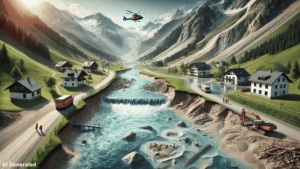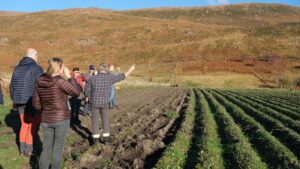FS 3.199: Glacier change observations for hydrological and sea-level rise assessments
Details
Full Title
Second Glacier Mass Balance Intercomparison Exercise (GlaMBIE-II) – Glacier change observations for hydrological and sea-level rise assessments
Scheduled
—
Convener
Co-Conveners
Assigned to Synthesis Workshop
—
Categories
Cryo- & Hydrosphere, Monitoring, Water Resources
Keywords
Glaciers, Mass balance, Glacier observations, Intercomparison exercise, Uncertainty assessment
Description
Glaciers, as distinct from the Greenland and Antarctic ice sheets, are found all over the world, covering mountain tops from the tropics to the mid-latitudes and the polar regions. Glaciers are not only sentinels of the climate crisis, but their changes have direct impacts on regional run-off and global sea-level rise. To quantify the associated impacts at different scales, the Glacier Mass Balance Intercomparison Exercise (GlaMBIE; www.glambie.org) presented a first community-based estimate based on all available observational methods for measuring glacier mass changes. Given this key role of glaciers, there is both an urgent need and great potential to continue and improve GlaMBIE towards the 7th IPCC Assessment Report (AR7), extending its time frame and increasing its temporal and spatial resolution. The aim of this session is (1) to discuss the strengths, challenges, and limitations of the different observational methods for measuring glacier mass balance (gravimetry, altimetry, glaciological/in-situ measurements, and DEM differencing), (2) to investigate potential systematic differences between methods and their causes, and (3) to identify where improved methods and uncertainty assessments are needed. The session brings together experts on observing glacier changes from in-situ and remote sensing technologies, as well as from the glacier modelling community, in order to discuss our observational capacities to understand the governing processes, monitor the present development, and forecast possible future glacier changes and their impact on regional water availability and global sea-level change.


